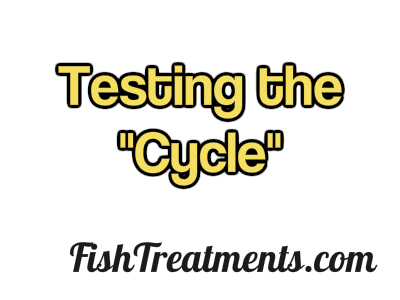
Water Testing the Freshwater Nitrogen Cycle, the Why and How
Why would you test this, why does it matter? How is this done? What do you do with the results?
Parameters like pH (which can “crash” and kill a lot of fish) and various ‘nitrogen’ cycle products like Ammonia, Nitrite and Nitrate can accumulate in the system and hurt the fish too. But you wouldn’t know that there was even a problem without testing it.
The long and the short of it, is you need to be able to measure the nitrogen in the system, and the pH at the very least and that’s super easy with some test strips.
But how to test? What works? What’s easy?
For MOST testing purposes such as nitrogen cycling chemistry, alkalinity and pH you could use these test strips and get along handsomely. This is the kit I use in practice. I don't need precise numbers, I really value a "positive" or "negative" test for derangements with ammonia, nitrite, nitrate, pH etc. | |
Salinity can be measured more accurately than ever with "salinity pens" which test salinity electronically. When you're using salt to treat parasites (for example) in fresh water you want 0.3 - 0.4% and this pen will register that! | |
Particularly important if you happen to use Copper as a treatment for freshwater fish diseases, but ALSO if you're concerned about copper levels with small freshwater shrimp, or perhaps a big copper problem in a saltwater tank - you MAY need a copper test kit that can measure free ionic AND complexed copper. | |
Taking carbonate alkalinity to the "next level" with a little more specificity, this kit is useful in fresh water AND marine environments, and in saltwater systems, carbonates are more important than almost anything. | |